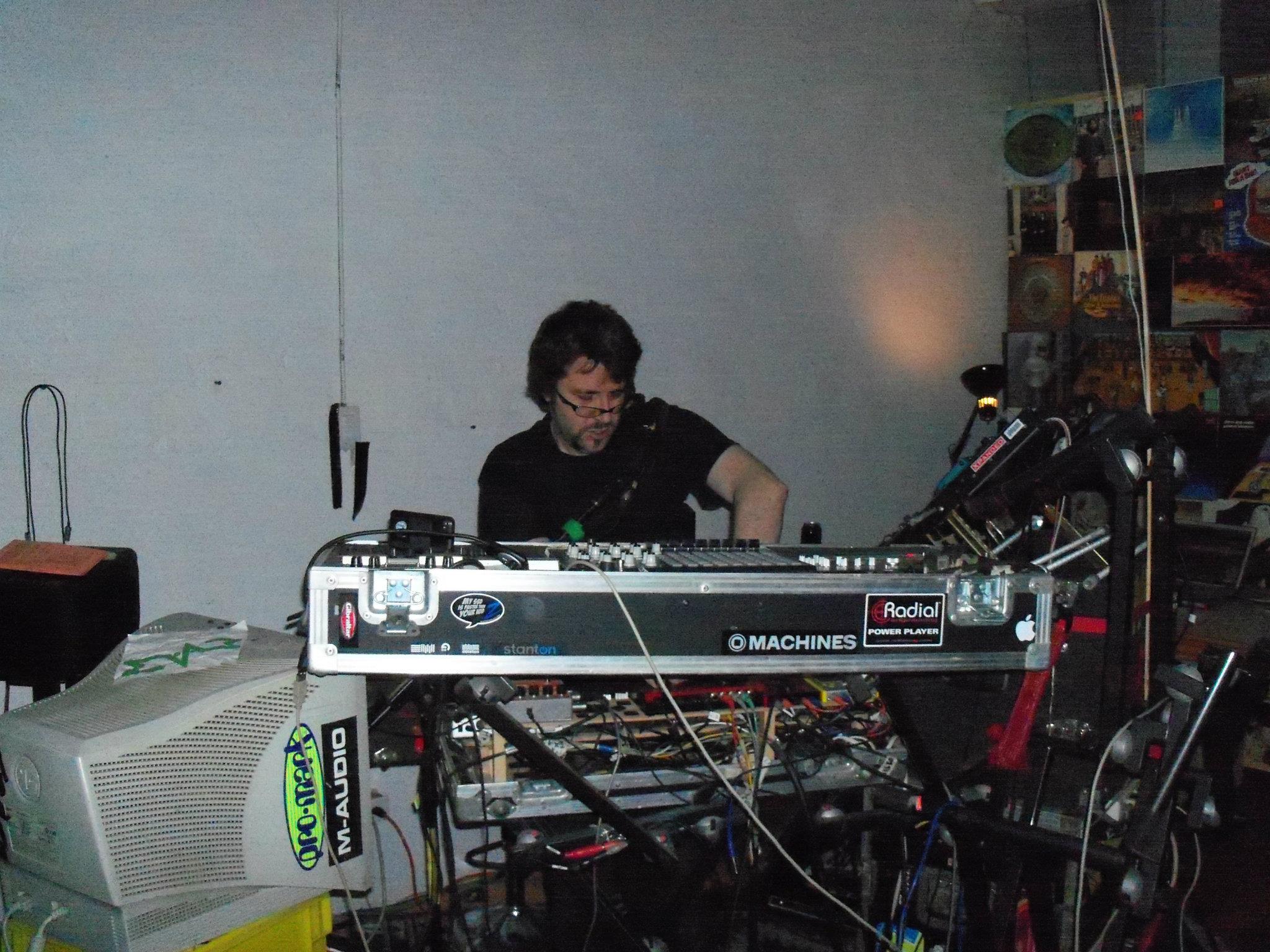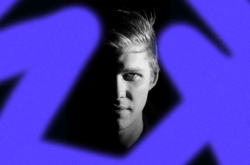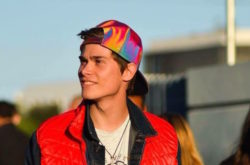This week, we took time to chat with In Flux, a local band based in New York City that uses Splice as the backbone of their live improvisation performance. Check their live improv performance below:
Splice: When did you start using Splice?
Michael Kirsch: We started using Dropbox to collaborate and then found Splice as a way to upload our Ableton Sessions, have them backed up and share revisions. We pretty soon discovered other offerings Splice had such as Splice Sounds, viewing samples and presets.
S: Tell us more about the idea behind In Flux?
M: 75% of our live show is improvised. Our compositions all have a basic structure that we improvise off of. We’re more interested in the idea that every show we play is different and that we’re constantly evolving.
S: Hence the name In Flux!
Joshua Hoffman: Yes, by calling the band that it allows us to take our music in new directions and always be in the moment. It also creates a foundation for collaborations with other artists.
S: Cool! What are your working styles like?
M: I focus more on the technical, production side of our music, while Josh is more practical. I hear all the little details and get obsessed, while Josh is able to zoom out and see things from the bigger picture. It’s a good balance to have both lenses in the creative process.
S: Are you able to categorize In Flux to a particular genre?
J: At the core, we’re an improvisational band, influenced by the mentality of artists such as the Grateful Dead and Phish, though we’re filtering that improvisational energy through an entirely different set of influences. Sonically, we’re more in line with bands like Radiohead and Nine Inch Nails; bands that play with darker moods and merge computer technology with traditional rock instrumentation. A big part of what we do involves using Ableton to explore new frontiers of musical improvisation.
S: What is it like playing your repertoire live?
J: There’s a certain level of risk involved though in many ways that’s the most exciting aspect of our live show. It’s the idea of going to a concert and not knowing entirely what the music is going to be like. A song and the jams that come out of that song will never be played the same way twice.
M: With the way we’re using electronics, there’s a lot of randomization from the computer. In a sense, we’re programming Ableton to perform more like a human, creating new parts on the spot and reacting to impulses in real-time. We basically think of our band as having a third member; an Artificial Intelligence we call Ava.
S: Do you guys have a base template that you improvise of?
M: Usually the first 4-5 minutes of a song is composed, with pockets of improvisation. The song is a vehicle that takes us to a certain place, where we can then take off in any direction. We rarely know how we’re going to end a song, and it can go anywhere after the first few minutes.
J: I think no matter what kind of music you play, it has to have some kind of recognizable structure for people to be able to attach themselves to.
S: How have you found Splice useful for your workflow?
M: We primarily use Splice to send projects to each other and collaborate. Recently, we’ve been checking out different samples and presets on Splice Sounds. While I design all of our synth patches from scratch, I’ll download patches from other producers just to see their methodology and get new ideas on how to approach sound design.
S: Could you tell us about your live setup?
M: Sure. I have traditional guitar rig on stage, though I also send a line out of my amp into Ableton, where I can loop and effect my guitar electronically. I use an RJM Mastermind Midi controller to control both my guitar rig and Ableton. I have pages on the controller that control different Ableton functions. One page will control the synth bass. Another might trigger various drones and sound effects. The possibilities are endless and we’re always adding programming to each show.
J: I have a traditional drum set, a laptop and an SPDS-X pad that I use as a midi controller connected to Ableton. The pad has pages that can trigger sampled drum loops, randomize and beat repeat bass and synth patterns, trigger vocal samples, change scenes and create new arrangements on the spot.
S: Any upcoming music that we should be on the look out?
M: We record every show we play and upload it directly to Soundcloud. Follow us there at soundcloud.com/influxlive
We’re also planning on recording studio versions of our songs and hope to release an album this winter. The idea behind that is that we’re going to release fully mixed and mastered versions, along with stems, midi files, sheet music, samples and synth patches to the public, through Splice.
We want to collaborate with a larger community on the studio level. Whether that takes the form of remixes or reinterpretations, the idea is to make our music as much yours as it is ours.
July 11, 2016



